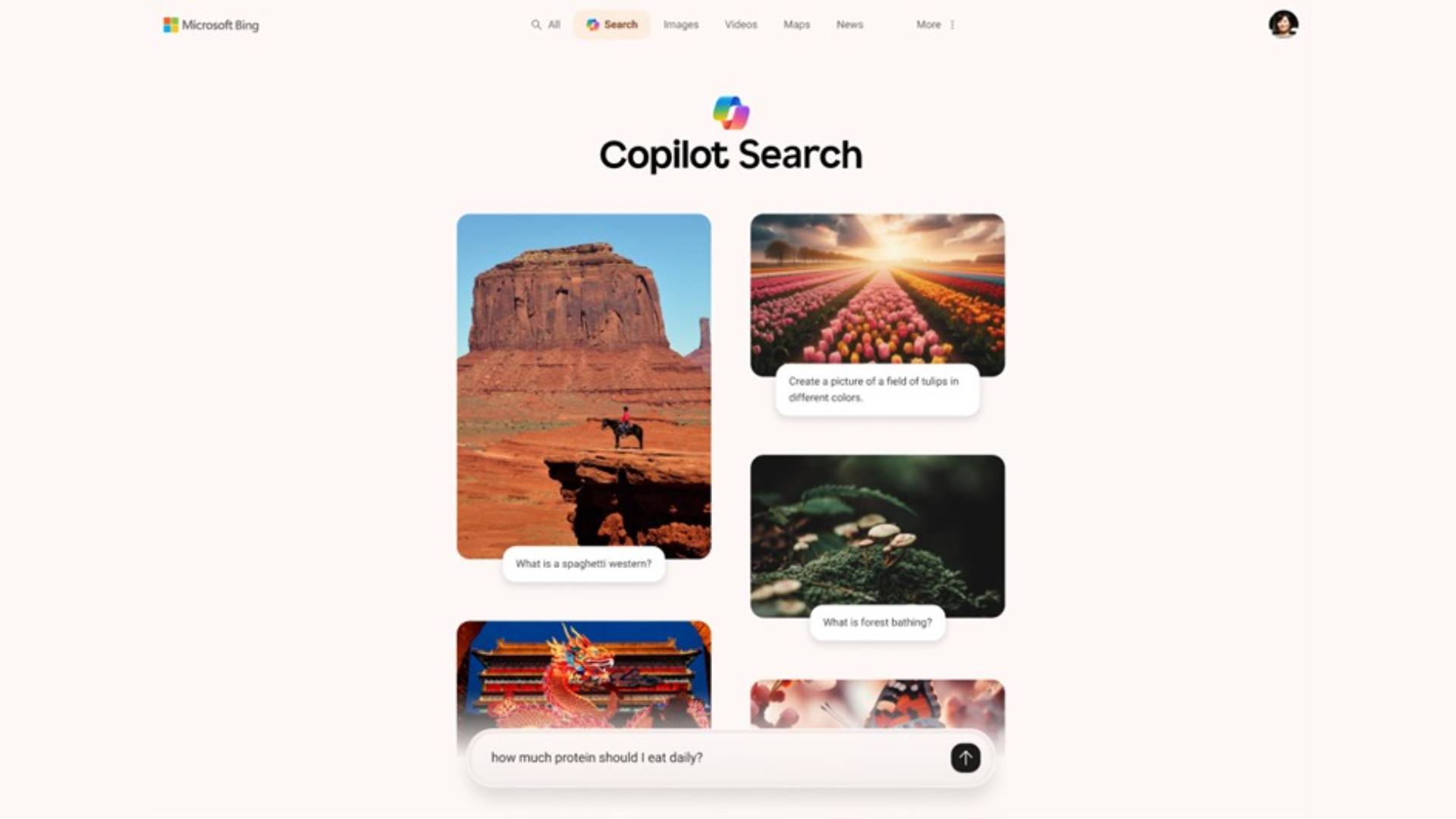Forage Seeds Market Growth: Genuine Expansion or Industry Smoke and Mirrors?
The Infinium Global Research analyzes the Forage Seeds Market over the period of 2024 to 2032.
The Infinium Global Research analyzes the Forage Seeds over the period of 2024 to 2032. This report also provides detailed qualitative and quantitative analyses of the market dynamics, market size and future trends in global forage seeds market. It will help a lot of decision makers to develop strategies and find new opportunities in the global markets of forage seeds market growth. The report covers market changing aspects including drivers, restraints, opportunities, and trends expected to encouragement the expansion of the forage seeds market growth during the period.
Market Dynamics:
Drivers:
Increasing Demand for Livestock Products: The growing global population and rising disposable incomes have led to increased consumption of meat and dairy products, driving the demand for high-quality forage seeds
Sustainable Agricultural Practices: There is a growing emphasis on sustainable farming practices, which includes the use of forage crops to improve soil health and reduce the need for chemical fertilizers
Challenges:
Climatic Variability: Unpredictable weather patterns and climate change pose significant challenges to forage seed production and quality
High Production Costs: The costs associated with the cultivation and harvesting of forage crops can be high, impacting the profitability of farmers
Opportunities:
Technological Advancements: Innovations in seed technology and breeding techniques offer opportunities for developing high-yield, disease-resistant forage seeds
Expanding Organic Farming: The rising trend towards organic farming presents a lucrative opportunity for the forage seeds market, as organic livestock farming often relies heavily on high-quality forage.
Regional Analysis:
North America: North America is a leading market due to advanced agricultural practices, high demand for livestock products, and strong government support for sustainable farming. The United States and Canada are major contributors to the regional market growth.
Europe: Europe is another significant market, driven by the presence of large livestock industries and stringent regulations promoting sustainable agriculture. Countries such as Germany, France, and the UK are prominent players in the forage seeds market.
Asia-Pacific: The Asia-Pacific region is emerging as a significant market due to its expanding livestock industry, increasing disposable incomes, and government support for agricultural development. China, India, and Australia are key markets within the region.
Latin America: Latin America presents growth opportunities, driven by increasing agricultural activities and investments in the livestock sector. Brazil and Argentina are major contributors to the regional forage seeds market.
Africa: Africa also holds potential for market growth, with rising awareness about the benefits of forage crops and increasing investments in agricultural infrastructure. South Africa and Nigeria are key markets in the region.
Sample pages of report: https://www.infiniumglobalresearch.com/reports/sample-request/974
Market Segmentation:
By Type: The market includes legumes, grasses, and cereals. Legumes such as alfalfa and clover are popular due to their high protein content and nitrogen-fixing abilities. Grasses like ryegrass and fescue are valued for their resilience and adaptability. Cereals such as oats and barley are used for their nutritional benefits and ease of cultivation.
By Livestock: Segmentation includes cattle, poultry, swine, and others. Forage seeds are essential for cattle feed, providing necessary nutrients for dairy and meat production. Poultry and swine also benefit from high-quality forage in their diets.
By Distribution Channel: Distribution channels encompass direct sales, agricultural cooperatives, and online platforms. Direct sales involve transactions between seed producers and farmers. Agricultural cooperatives provide a platform for collective purchasing and distribution. Online platforms offer convenience and accessibility for farmers to purchase forage seeds.
Competitive Landscape:
Market Share: Large players dominate the forage seeds market, holding significant market shares due to their extensive distribution networks, strong brand presence, and advanced R&D capabilities. Companies like Monsanto, Dow AgroSciences, and DLF Seeds lead the market with their wide range of products and global reach.
Price Control: Big players often influence market prices through their large-scale operations and ability to offer competitive pricing. However, price competition from smaller and mid-sized companies is not uncommon, as these players strive to attract customers with cost-effective solutions.
Domestic Challenges: Smaller and mid-sized companies challenge larger players domestically by focusing on niche markets, local adaptations, and innovative products tailored to specific regional needs. These companies often have a better understanding of local agricultural practices and preferences, allowing them to compete effectively.
Key Players: Key players in the forage seeds market include Monsanto, Dow AgroSciences, Advanta Seeds, DLF Seeds, and Allied Seed, among others. These companies invest heavily in research and development to introduce new and improved forage seed varieties, ensuring their market leadership.
Report overview: https://infiniumglobalresearch.com/reports/global-forage-seeds-market
Future Outlook:
New Product Development: The continuous development of new forage seed varieties helps companies cater to changing market demands and improves their competitive edge. Innovations such as drought-resistant and high-nutrient seeds are expected to drive market growth. Companies that invest in R&D to develop seeds that address specific climatic and soil conditions are likely to gain a significant market share.
Sustainable Products: There is a growing consumer preference for sustainable and environmentally friendly products. Companies that focus on developing and marketing sustainable forage seeds are likely to capture a significant share of the market, as these products resonate strongly with environmentally conscious customers. Sustainable forage seeds that promote soil health, reduce greenhouse gas emissions, and support biodiversity are expected to be in high demand.
Conclusion:
The forage seeds market is poised for substantial growth, driven by increasing demand for livestock products and the shift towards sustainable agriculture. While challenges such as climatic variability and high production costs persist, technological advancements and emerging markets offer significant opportunities. By understanding regional variations and competitive dynamics, stakeholders can make informed decisions to capitalize on the market's potential. The future of the forage seeds market looks promising, with sustainability and innovation at its core. As companies continue to invest in new product development and sustainable practices, the market is expected to thrive, contributing to the overall growth of the agricultural sector.
What's Your Reaction?
 Like
0
Like
0
 Dislike
0
Dislike
0
 Love
0
Love
0
 Funny
0
Funny
0
 Angry
0
Angry
0
 Sad
0
Sad
0
 Wow
0
Wow
0


















































